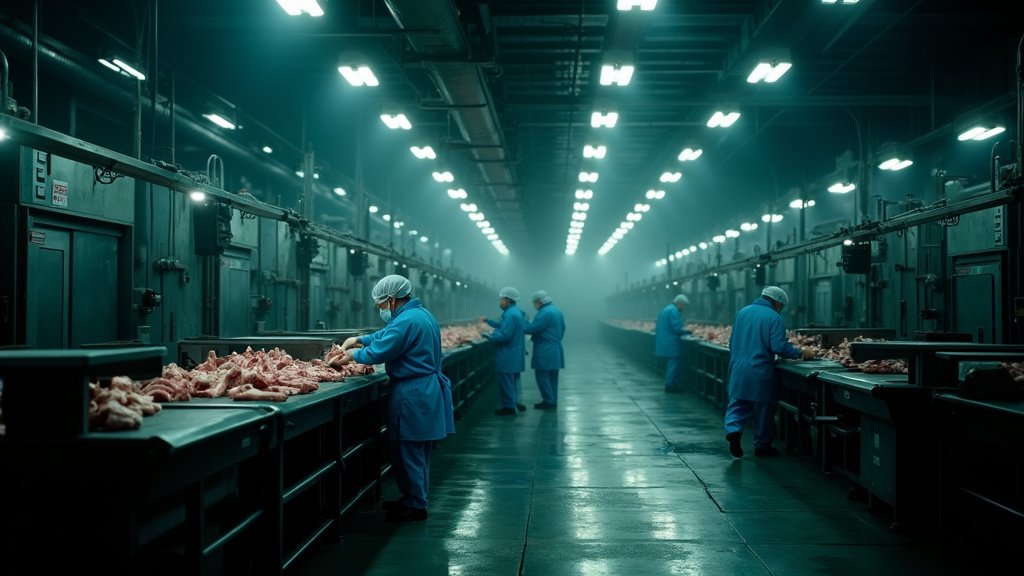Introduction
A significant fiscal debate is unfolding across Texas news outlets following the release of a critical report by State Comptroller Glenn Hegar. Issued on June 7, 2025, the report has drawn immediate attention for its detailed analysis of the state’s long-term fiscal health, with a particular focus on the pressing need for infrastructure funding. Editorials published in newspapers and online platforms from major metropolitan areas to smaller towns are grappling with the implications of Hegar’s findings, sparking an intense discussion about Texas’s financial future and its capacity to meet the demands of continued growth.
Comptroller Hegar’s Report: Key Findings
Comptroller Glenn Hegar’s report of June 7, 2025, serves as the central catalyst for this statewide conversation. The document provided a comprehensive, albeit sobering, assessment of Texas’s financial trajectory, highlighting potential challenges that lie ahead. A key focus of the report was the state’s infrastructure, particularly critical transportation networks that are vital for commerce, connectivity, and daily life for millions of Texans. The report did not merely project general financial trends; it specifically detailed projected shortfalls in funding for key transportation projects. These are projects deemed essential for maintaining mobility, supporting economic activity, and accommodating the state’s rapidly increasing population.
Beyond the infrastructure deficit, Hegar’s analysis also pointed to potential strains on state revenues. While Texas has historically enjoyed periods of robust economic growth and healthy budget balances, the report suggested that future revenue streams might not keep pace with the escalating costs of state services and necessary capital investments, especially in areas like transportation. This projection of revenue strain, coupled with the identified infrastructure funding gap, presents a dual challenge that, according to the report, requires proactive and strategic financial planning.
The Statewide Editorial Reaction
Immediately following the report’s release, editorial boards across Texas responded with urgency, dedicating significant commentary space to dissecting Comptroller Hegar’s findings. The debate spans a wide spectrum of perspectives but coalesces around a shared recognition that the report signals a crucial juncture for the state. Major publications like the Houston Chronicle, The Dallas Morning News, the Austin American-Statesman, and the San Antonio Express-News, alongside numerous smaller regional papers and digital news platforms, have all weighed in.
Commentaries reflect varying degrees of alarm regarding the projected funding shortfalls and revenue strains. Some editorials emphasize the immediate need for action, portraying the situation as an impending crisis that could hinder the state’s competitive edge. Others take a more measured approach, urging careful study and bipartisan cooperation, but none dismiss the report’s significance. The debate isn’t just about the numbers presented but also about the fundamental priorities of state government – how to balance immediate budgetary needs with long-term investments essential for the future. Editorials are dissecting the potential causes of the projected shortfalls, including population growth outpacing infrastructure development, inflation impacting construction costs, and the potential volatility of certain state revenue sources.
Proposed Solutions and Calls to Action
In analyzing the report’s findings, Texas editorials have put forth and discussed a range of potential solutions, while also issuing pointed calls to action directed at state lawmakers. One prominent suggestion debated is the necessity of convening a special legislative session. Editorial boards arguing for this approach contend that the scale and urgency of the infrastructure funding challenge, as outlined by Comptroller Hegar on June 7, 2025, warrant immediate attention, rather than waiting for the next regularly scheduled legislative session. A special session would allow legislators to focus solely on the fiscal implications of the report and potential remedies.
Among the specific financial mechanisms discussed in commentaries are bond measures. Editorials explore the potential for the state to issue bonds as a means of generating significant capital quickly for large-scale transportation projects. While acknowledging that this involves taking on state debt, proponents argue that the long-term economic benefits of robust infrastructure investment outweigh the costs, especially given current interest rate environments. Another frequently mentioned option is reallocating existing funds. This would involve shifting budgetary priorities within the state’s current financial structure, potentially diverting funds from less critical areas to address the infrastructure deficit. However, this approach often faces political challenges as various state agencies and programs compete for limited resources.
A recurring theme across many editorials is the strong urging for lawmakers to prioritize sustainable investment over short-term budget maneuvers. Commentaries caution against relying on one-time funding sources, deferring maintenance, or employing accounting strategies that might balance the budget in the near term but fail to address the underlying structural funding issues identified in the report. The consensus among many news organizations is that a long-term, predictable, and adequate funding strategy is essential to prevent the state’s infrastructure from becoming a bottleneck to future prosperity.
Implications for Texas
News organizations are emphasizing the report’s profound implications for future economic growth and quality of life across the state. Editorials consistently link the adequate funding of infrastructure, particularly transportation, directly to Texas’s continued economic vitality. They argue that insufficient investment could lead to increased congestion, higher costs for transporting goods, and reduced efficiency for businesses, ultimately hindering job creation and competitiveness. Conversely, timely and strategic investment is seen as a catalyst for attracting new businesses, facilitating trade, and supporting industries ranging from energy and manufacturing to technology and agriculture.
Beyond the economic sphere, editorials highlight the impact on the quality of life for Texas residents. Accessible and well-maintained roads, bridges, and public transit systems affect everything from daily commutes and access to healthcare and education to the ability to respond to natural disasters. Editorials are framing the Comptroller’s report not just as a fiscal accounting but as a warning that inaction could lead to diminished quality of life, with longer commute times, decreased safety, and reduced access to opportunities for Texans in both urban and rural areas.
Conclusion
Comptroller Glenn Hegar’s report of June 7, 2025, has successfully ignited a critical statewide conversation about Texas’s fiscal health and, more specifically, the urgent need to address projected shortfalls in infrastructure funding. Editorials from news outlets across the state are united in recognizing the significance of the report, even while debating the best path forward. The calls for potential special legislative sessions, discussions around bond measures and fund reallocation, and the overarching demand for sustainable, long-term investment underscore the perceived gravity of the situation. As news organizations continue to analyze the report and its potential ramifications, the pressure is building on Texas lawmakers to develop and implement effective strategies to safeguard the state’s economic future and ensure a high quality of life for its growing population.






